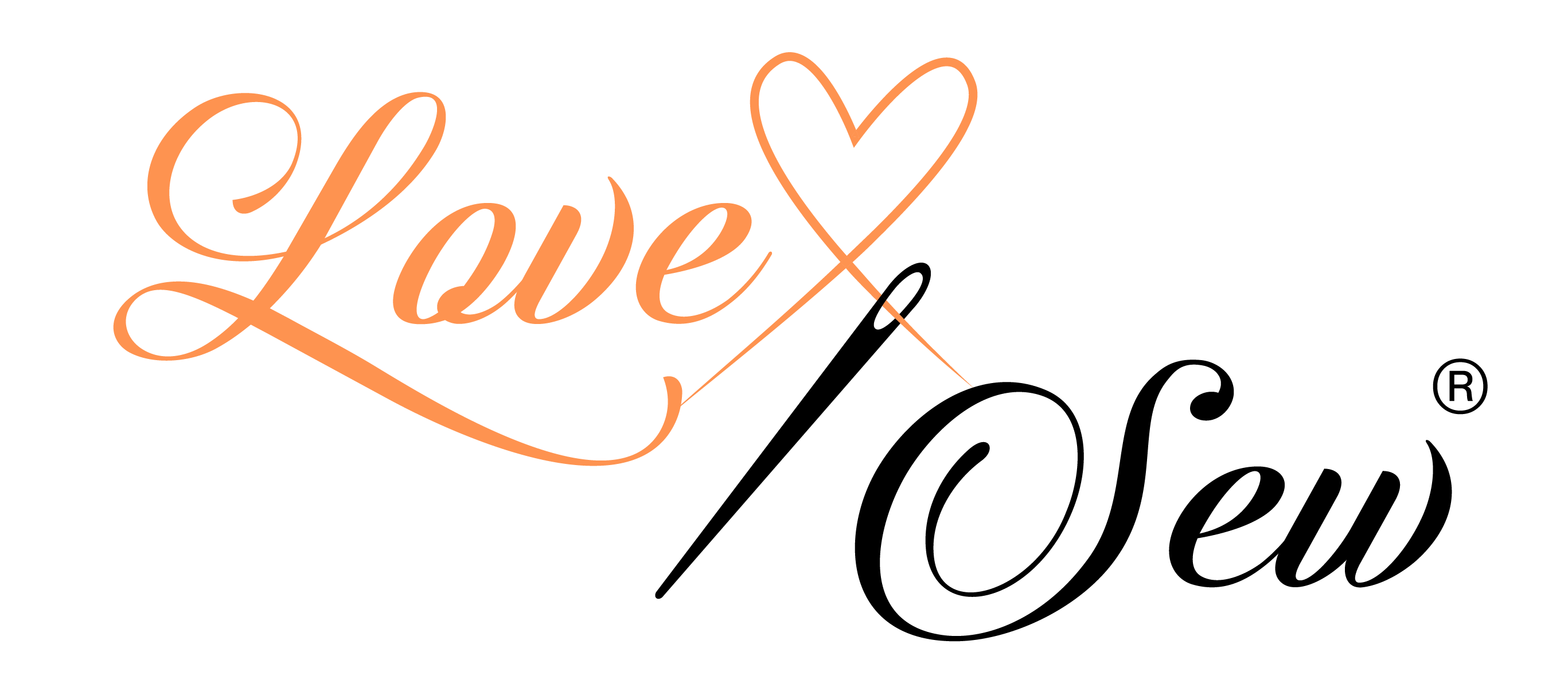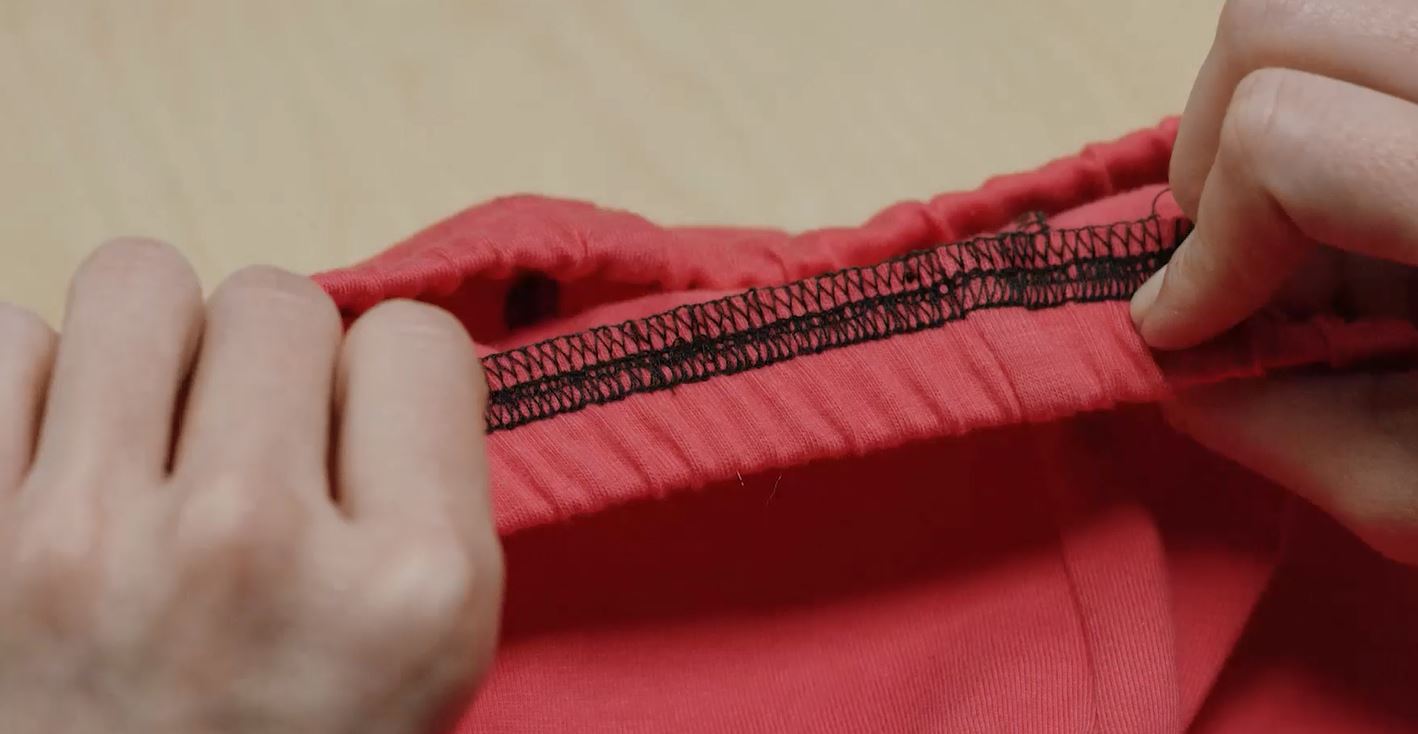Princess seams are long, rounded seams made for women’s blouses, dresses, and jackets. These seams offer a flattering, form-fitting silhouette without the need for traditional darts. They’re extremely popular in the sewing world because of the clean lines they create and the beautiful silhouette they offer.
In this article, we’ll delve deep into the drafting, execution, and usage of princess seams and help you get started using them in your garments.
What Is a Princess Seam?
Princess seams are vertical seams placed between the side seam and the center front of the bodice and can also be used on the back panel. Princess seams can begin either at the shoulder or the armhole and continue down to the waist. The seam travels across the widest part of the bust down to the narrowest part of the waist.
The seam is a combination of an armhole bust dart and a waist dart. If you’re familiar with traditional darts, this really isn’t very different. All you do is move the placements of the darts and re-shape the seam slightly.
History of Princess Seams
The silhouette created by princess seams is often called the Princess Line. The silhouette was associated with Charles Frederick Worth, a designer who dominated the Parisian fashion scene in the late 19th century. Worth introduced the silhouette in the 1870s and named it after Princess Alexandra of Denmark, who was a fan of the style.
How To Draft Princess Seams
Part One: Planning
First, you’ll decide where you want your princess seams to begin. The first option is to have them begin at the midpoint of the shoulder and travel straight down across the bustline. The second option is to begin at the middle of the armhole, and travel diagonally down across the bust, then down to the waist. Both options will yield a beautiful garment; it just depends on personal preference.
The next step is to decide on the shape and curvature of your princess seam. Do you want the seam to travel down across the apex of the bust or to curve over to the side? Again, both options are perfectly good; it just depends on your vision as a designer. Keep in mind that the closer the seam travels to the apex of the bust, the more fitted the garment will appear.
Now, consider where you want your princess seam to end. If you’re making a dress, do you want the seam to finish at the waist? Or, will it travel all the way down to the hem? What shape do you want to achieve? Do you want the princess seam to travel straight all the way down, or do you want it to curve with the shape of the body? If you’re only making a bodice or a top, don’t worry about this step; you’ll just end at the waist.
You’ll also need to decide on what you want to do with the back of the garment. Do you want to add princess seams to the back of the garment? Do you want them to curve or travel straight down? Will they start at the shoulder or the armhole?
We know this step can seem overwhelming, as there are a lot of decisions to make. But this is the beauty of drafting from scratch! You have complete control over all creative decisions.
If you don’t know where to begin, consider the natural curves of the body and how to accentuate them. By traveling across the bust and inward at the waist, you can create the illusion of a larger chest and a slimmer waist. Decide which parts of the body you want to accentuate, and let that guide you.
Part Two: Drafting
Once you’ve decided on the silhouette you want to achieve, it’s time to begin the actual drafting process. You can begin with a preexisting pattern or draw a simple bodice shape on a spare piece of paper, like newsprint. Fold the pattern in half to ensure both sides are symmetrical.
If you’re using a preexisting pattern, be sure to check if it comes with seam allowances. If it does, be sure not to include these allowances when drafting, so you’ll have an accurate picture of the way your seams will fall when worn.
Once you’ve laid your pattern flat, try to find the apex of the bust. If you’re using a premade pattern, it may already be labeled for you. If not, hold the pattern up to your chest, and try to estimate where the highest point of the bust falls. Mark this with a pencil or a heat erasable fabric marking pen.
Now, it’s time to begin drawing out your princess seams. Consider the decisions you made in part one. Begin by marking the starting point, either at the shoulder or the armhole, with a pencil or erasable marker. Then, mark where you want the seam to hit the bust, either at the apex or a bit to the side. Finally, mark where you want it to hit the hip, and if it’s traveling down to the hem, where you want it to end.
It’s time to connect these marks. With princess seams, it’s extremely important to draw smooth, clean lines. Most princess seams are curved across the bust, but you can draw them straight if you prefer. To get the lines as clean as possible, we suggest using something like a French curve ruler.
Once you connect all your marks, you should have the shape of your princess seams drawn out. If you don’t like the way they look, erase and begin again until you’re happy with the result.
When you’re happy with the shape and design of your princess seams, you should have two separate sections on either side of the seam. This will make up the center front and the side from on your bodice. Be sure to label your pattern to eliminate confusion later on.
Part Three: Cutting
Now, it’s time to cut. Using a sharp pair of scissors, or a rotary cutter, cut along the princess seam line you’ve drawn. Since your pattern was folded in half, you’ll now have three separate pieces, the center front, and the two side fronts.
To draw out princess darts on the back of your garment, follow steps one through three steps again. The only difference is that you don’t have to worry about the apex of the bust when working with the back.
Part Four: Eliminating Darts
If you’re using a pre-made pattern, there’s a good chance it’ll come with a side dart included already in the design. Since princess seams are replacing your traditional darts, you may want to eliminate them from the final piece. The side dart can be left in, but it may affect the way the garment lays across the midsection, so be careful.
To eliminate the dart, we’re going to use a technique called pivoting the dart. To begin, cut along one of the lines of the pre-drawn dart, stopping right before the point of the dart, so the top and bottom pieces are just barely attached at the point. Then, pivot the dart closed, so the two lines that make up the dart lie directly on top of each other. Finally, tape it shut to close and eliminate the dart.
Part Six: Adding Seam Allowances
Now, it’s time to add your seam allowances back in. To do this, you can either retrace your draft sections onto a larger piece of paper or tape another sheet of paper to the back of your draft and trace the seam allowances. The standard seam allowance is about ⅝ of an inch or 1.5 cm.
Part Seven: Sewing
Now, all that’s left is to trace your pattern onto your fabric, cut the pieces out, and begin sewing. To secure your pattern to your fabric, use pins or sewing clips for easy adjustments. Then, ensuring you’ve remembered to leave a seam allowance, cut out your sections of fabric. Finally, sew together like normal, right sides together, along the seam allowance line.
Conclusion
Once you’ve learned how to draft and sew princess seams, there are so many projects you can create. You can add princess seams to a pattern you already own for a more flattering fit. Or, you can use two different colors of fabric for your sections to create a gorgeous color-blocking effect. The possibilities are truly endless.
We love all things sewing, from quilting to garment making. We’re so happy to provide our sewing community with advice, tools, tips, and tricks. For more sewing tips or to shop our extensive collection of handy tools, be sure to visit our website here.
Sources:
Charles Frederick Worth (1825–1895) and the House of Worth | Essay | The Met Museum



Leave a comment
This site is protected by hCaptcha and the hCaptcha Privacy Policy and Terms of Service apply.